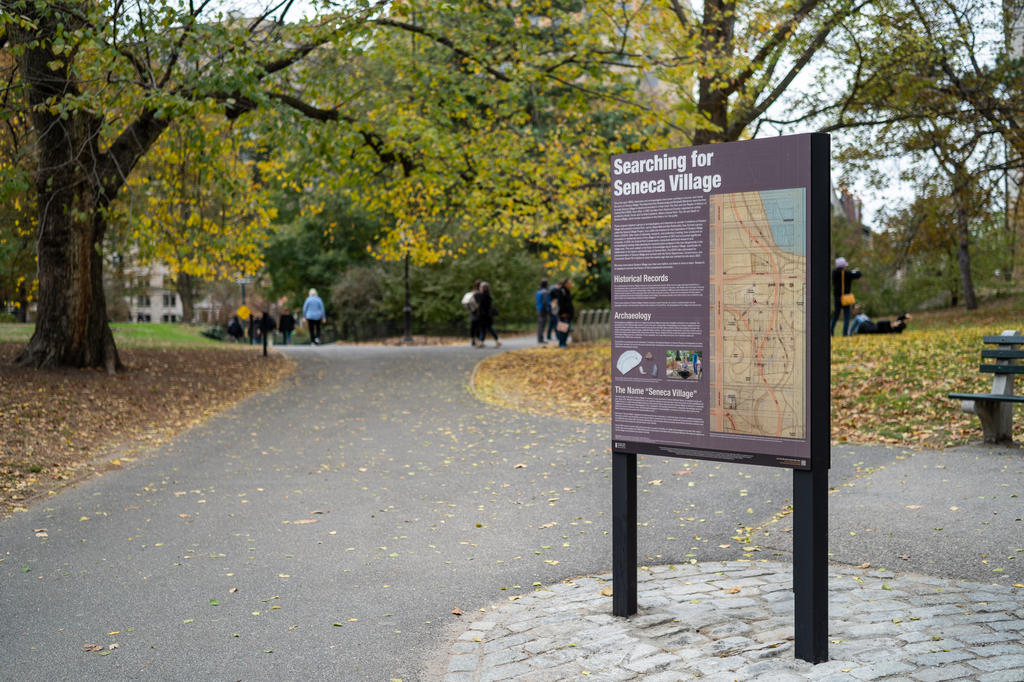7. Explore Seneca Village On A Guided Tour

Before the creation of Central Park during the 1850s, there once existed a predominantly African American community on the land known as Seneca Village. Located around what is now the Park’s perimeter from West 82nd to West 89th Street, many of Seneca Village’s residents were property owners, a rarity for African Americans at the time. The Village began in 1825 when Andrew Williams, a 25-year old African American shoe shiner, bought three lots of land from John and Elizabeth Whitehead for $125. Later, store clerk Epiphany Davis bought a further 12 lots for $578, with the AME Church purchasing six more. Immediately after, the first houses were built on the land, with around 10 homes in the Village by the 1830s.
Over the years, the community continued to grow, comprised of 50 homes and three churches with around 255 residents during the height of its occupancy in the 1850s. As an isolated enclave separated from the bustling Manhattan community below it, Seneca Village gave African Americans the opportunity to live relatively autonomously away from discrimination they faced from white Americans. As a result, African American residents of the Village were more prosperous than their peers, with half owning property by 1855. In the end, Seneca Village’s land was acquired by the City through eminent domain for the building of Central Park.
To learn more about Seneca Village’s rich history and relevance to New York City residents today, the Central Park Conservancy will be hosting guided tours of its remaining grounds this Juneteenth. During the tour, visitors have the opportunity to explore the physical landscape of Seneca Village which still exists in Central Park. Archeologists have located the foundation walls and cellar deposits of William Godfrey Wilson’s house and a deposit of items from the homes of two Seneca Village residents. Overall, archaeologists have found 250 bags worth of artifacts, including the leather sole of a child’s shoe. Guided tours of the Village will be available at 11 a.m. and 2 p.m. Tickets are $10 for members of the Central Park Conservancy and $15 for everyone else. The duration is around 90 minutes.





